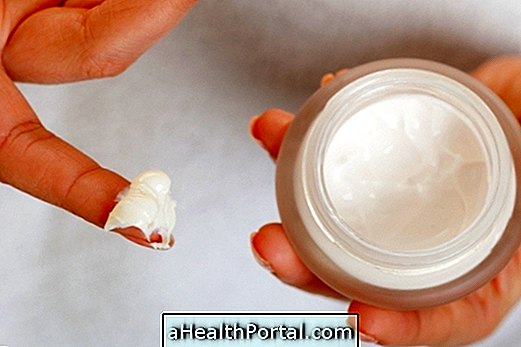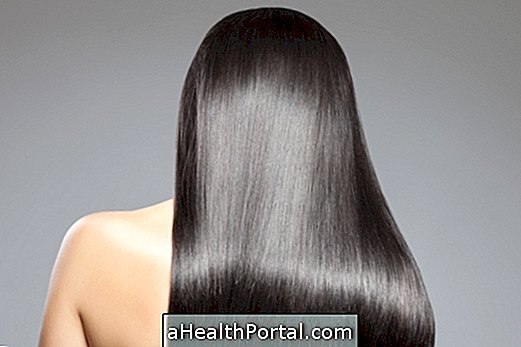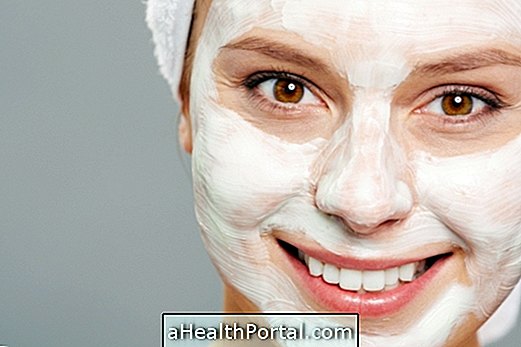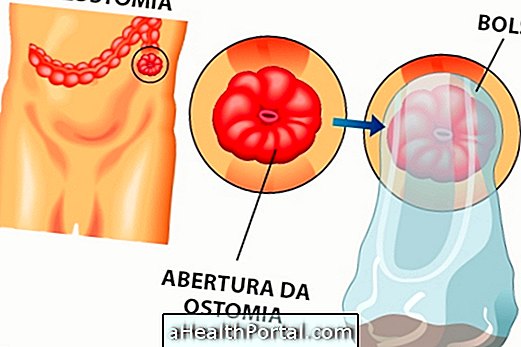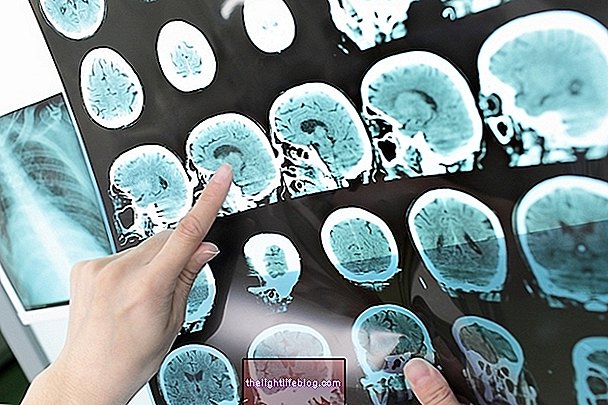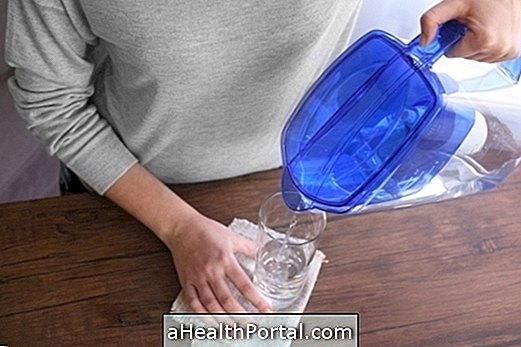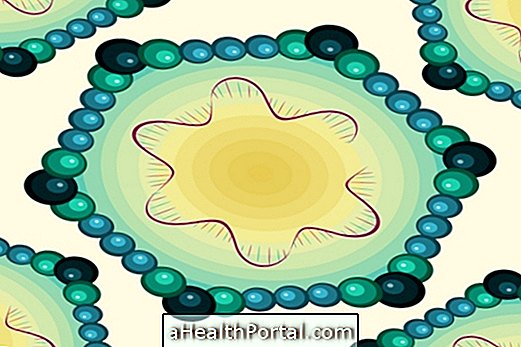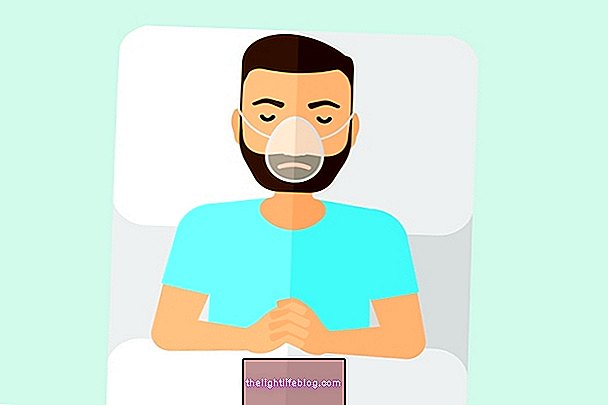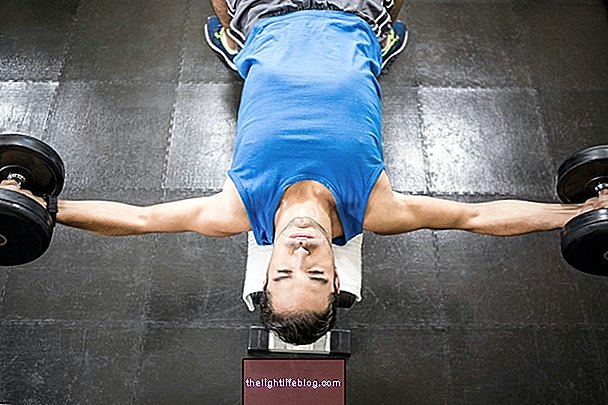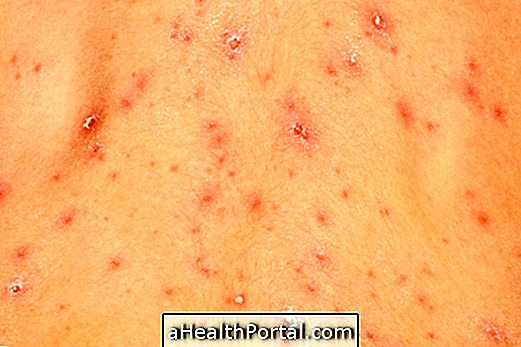Lipocavitation, also known as lipo without surgery, is an aesthetic procedure with few risks, but when done in the wrong way it can cause burns. Learn all about this aesthetic procedure in Lipocavitation.
This is an aesthetic procedure to eliminate localized fat and cellulite, especially in the belly, thigh, flank and back regions, which does not hurt and helps to shape and shape the body. Lipocavitation is done using an ultrasound device, which helps to destroy the accumulated fat locally. Thus, the main risks of Lipocavitation include:
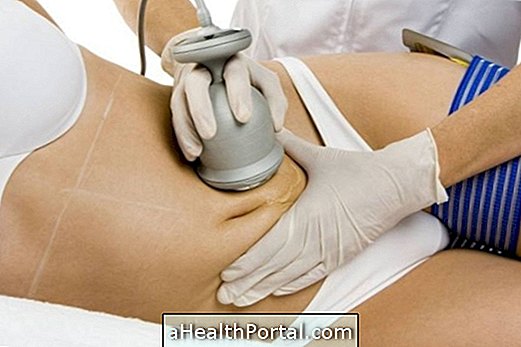
Main Risks of Lipocavitation
1. May cause Burn
When done incorrectly, Lipocavitation can cause burn in the region to be treated, due to the rise in temperature that happens due to the friction between the skin and the apparatus.
This problem can be avoided if the technique was performed by an experienced professional, who will know how to control the local temperature with the help of a digital thermometer, preventing them from exceeding 41ºC.
2. Can Increase Bad Cholesterol
Lipocavitation promotes the release of fat cells from the regions to be treated, which causes this fat to enter the bloodstream, naturally increasing cholesterol levels and potentiating the onset of high blood pressure or heart problems.
Therefore, after each Lipocavitation session, it is very important to have a session of lymphatic drainage and aerobic physical exercises that guarantee the elimination of the released fat, thus avoiding its deposition in other regions of the body. Here's how to ensure the best results in 5 Care to Ensure Lipocavitation Results.
3. Risk of Not Working
As with any aesthetic procedure, there is always the risk of not functioning or of not obtaining the expected results. This is because each organism works differently and responds differently to each treatment.
In order for the treatment to work properly, it is very important to perform the procedure with a trained and certified professional, and follow all recommendations, especially performing lymphatic drainage and post-procedure exercises.

Contraindications of Lipocavitation
Although Lipocavitation is a procedure with few risks, it is contraindicated in some specific cases, such as:
- During pregnancy, because of lack of scientific evidence it is not known if the procedure is dangerous for the fetus;
- Diabetes or paralysis, because there is a decrease in sensitivity, which may potentiate the onset of burns;
- High cholesterol, heart disease or high blood pressure are diseases that can be aggravated due to the release of fat into the bloodstream, which can then be absorbed again;
- Obesity, because it is not a procedure to lose weight, only to model and tone specific regions of the body;
- Epilepsy, because there is a risk of seizure during the procedure;
- When there are wounds or infectious processes in the region to be treated;
- In case of prosthesis, plates, metal screws or IUD in the body, because the metal can heat during the treatment and cause burn;
- When there are varicose veins or dilated veins in the area to be treated, because there is a risk of the treatment causing the varice to burst.
In addition, this aesthetic treatment should also not be performed by patients with problems or disease in the kidneys or liver, without first consulting the doctor.

